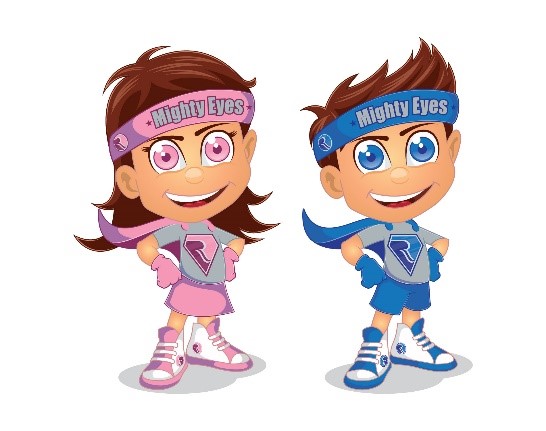
Myopia Management for Kids
What is myopia management?
Myopia management is a growing area of eye care focused on slowing the progression of childhood myopia. Myopia (nearsightedness) most often occurs when the eyeball grows or elongates over time. This causes vision at a distance to become blurry. Once a child becomes myopic, progression tends to occur. Also, the younger a child becomes myopic, the greater the chance for progression and higher amounts of myopia.
Why does myopia management matter?
Currently one-third of the US population has been diagnosed with myopia and it is thought that by 2050, 50% of the population will be myopic. As myopia increases the risk for eye diseases increases, such as: retinal detachment, myopic macular degeneration, glaucoma, and cataracts. The goal of myopia management is to slow eye growth and reduce the associated risks.
Why can’t my child just get stronger glasses?
Actually, they can. Continuing to closely monitor the child’s prescription is an option, however, conventional glasses and contact lenses do not show to slow the elongation of the eye. The doctors at Ridgeview Eye Care believe that the prevalence of myopia is increasing, and we want to offer ways to slow the progression of myopia and reduce the risks for sight threatening eye diseases.
What are the different options in myopia management?
There are 3 different therapies that have been studied and shown to slow the progression of myopia. The doctors at Ridgeview Eye Care prescribe all 3 therapy options and can recommend which option might be best for your child.
Soft Multifocal Contact Lenses – a specifically designed soft contact lens, generally a disposable contact that is replaced daily
Orthokeratology (Ortho K) – a specifically designed lens that is worn overnight and removed in the morning which allows for NO correction to be worn during the day
Low dose atropine eye drops – an eye drop that is used nightly in each eye
This is a brief overview of each therapy. More detailed information can be found on the website and in future blog posts. If you have any questions, please contact our office.
















